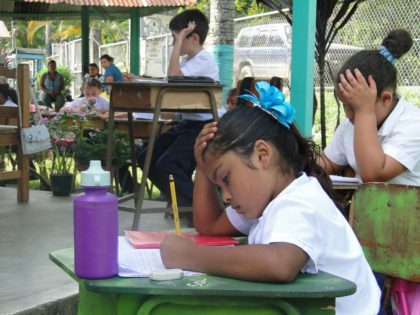
United Nations
Article 14 of the Declaration on the Rights of Indigenous Peoples states that
Indigenous peoples have the right to establish and control their educational systems and institutions providing education in their own languages, in line with their cultural methods of teaching and learning.”
This is one of the goals on the Sustainable Development Agenda for 2030, to ensure equal access to all levels of education and vocational training for vulnerable people, including people with disabilities, indigenous peoples and children in vulnerable situations.
In all regions of the world there is still a wide disparity between indigenous and non-indigenous populations in terms of access to education, retention and academic achievement.
Some of the obstacles are stigmatization, low self-esteem, discriminatory and racist attitudes on the environment, textbooks and teaching materials, as well as language barriers, insufficient resources and the low priority given to the education of indigenous peoples.
Therefore, advocates of equality and respect for their rights are in a constant battle.
It is estimated there are 370 million indigenous people living in 90 countries. They represent less than 5% of the world’s population but make up 15% of the poorest. They also represent 5,000 different cultures.
They speak an overwhelming majority of the 7,000 languages that, according to estimates, are used worldwide.
Language has been one of the biggest cultural barriers for the indigenous peoples of our country. Four of the eight indigenous peoples visited during the 2011 Census of the National Institute of Statistics and Census (INEC), show that they do not fully know their own language.
In our school days, teachers hit us if we were heard talking bribri,”
said Vinicio Mora, an indigenous from the Döki Döki community.